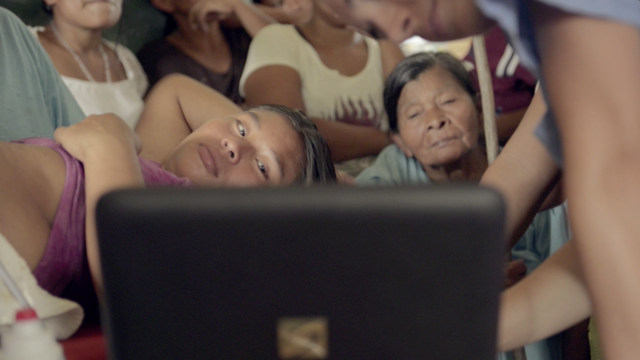
Part 4 of our compelling 6 part series. Panamanian panteras, or midwives, come together in a remote community to learn how to use hand-carried ultrasound scanners. Guided by a medical student from UCI, and using Sonosite Edge machines, they soon see how to recognise the placenta and position of the baby on screen, a live view that will alert them to potential delivery difficulties and other pregnancy complications. A group of eager Panamanian midwives, 'parteras', are shown how to use ultrasound machines in their own remote communities for the first time. UCI medical students help them identify the baby's position and placenta on screen so the parteras can anticipate problematic births. With pregnant women traditionally giving birth in their own homes, ultrasound encourages the decision to get further help if they need it, in a region where thousands of women miscarry each year through lack of proper medical care. Sign up here to watch all six episodes and download Dr. Ben LaBrot's 10 tips for using portable ultrasound in remote locations.
